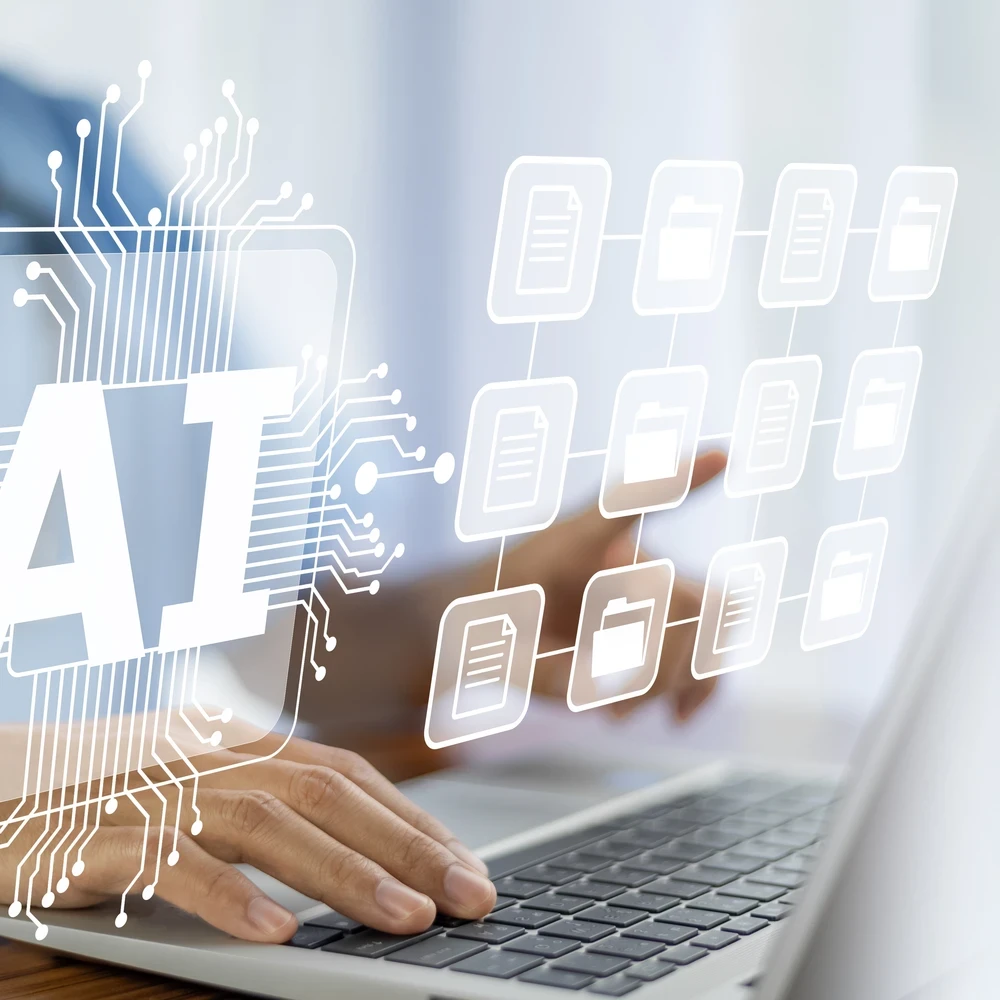Harnessing AI in Pharmacovigilance: Insights from World Drug Safety Amsterdam 2024

Introduction
In the pharmacovigilance space, the overwhelming trend in the current landscape is data overload. Increasingly unmanageable volumes of information pose a core challenge for today’s pharmacovigilance professionals. While digital transformation and new technologies push us towards automation, the question remains: which innovations should we embrace first, and how can we manage the sheer volume of information now available to us.
At the recent World Drug Safety Amsterdam 2024, Christine Buggle, Senior Director at TransPerfect Life Sciences, shared compelling insights and practical use cases of artificial intelligence (AI) in pharmacovigilance. Here's a closer look at her presentation and the key takeaways for the industry.
Background and Objective
Across the conference, a recurring theme emerged: the consistent increase in adverse event (AE) reports. This trend, highlighted in Christine’s presentation, is further compounded by the growinghealth literacy of patient populations, which is also increasing patient-driven AEs.
However, this surge in data is not matched with an increase in reporting timelines or budgets, putting pressure on pharmacovigilance teams to achieve efficiencies without compromising compliance.
The goal of Christine’s presentation was to spotlight how AI can be leveraged to reduce the manual steps involved in common pharmacovigilance activities, using specific concrete examples.
Practical Use Cases of AI in Pharmacovigilance
AI-Powered Transcription for Contact Centre Support
- AI is actively transforming contact centre operations by helping teams triage information from incoming requests.
- For example, an agent taking an inquiry or report—whether over the phone or digitally—can leverage AI for speech-to-text transcription. This allows the agent to focus on the call instead of taking notes.
- Based on the information gathered during the call, AI can help identify the case or purpose, and retrieve a relevant response to assist the agent.
Case Triage Leveraging AI
- In the realm of literature review, AI models can help categorise large datasets and drill down into specific segments.
- By training an AI model with specific search criteria such as product names and APIs, data can be segmented into safety reports.
- This segmentation helps isolate data with the minimum criteria required for reporting into a safety database.
- Human quality control (QC) reviewers then validate the report and review rejected articles and feedback to improve the AI engine.
- This AI-aided process has resulted in a 70% reduction in time spent reviewing materials, significantly lowering costs.
- By involving expert human reviewers at critical points, risk is reduced and the overall process is streamlined.
AI Powered Translation: Centralized Local Literature Case Study
- Managing local literature has historically been an unruly and decentralised process, with teams struggling to establish standardised workflows across geographies.
- TransPerfect demonstrated how a leading pharmaceutical company implemented an automated approach to manage the translation of local literature for adverse event reporting, leveraging trained machine translation engines.
- The results were impressive: 100% compliance and a 52% cost reduction in the first year, with further decreases in subsequent years.
Conclusion
AI offers powerful applications to address the growing data challenges in pharmacovigilance. Across the conference and the industry, we’ve seen an increasing openness to adopting AI. However, to fully unlock its potential, the industry must take the next steps by developing more proof-of-concept trials.
We call on industry professionals to test AI in safe, controlled, and thoughtful ways—paving the path for broader adoption and greater efficiency in pharmacovigilance.
To check out TransPerfect's full presentation, click here.
